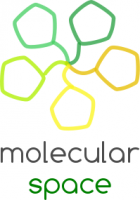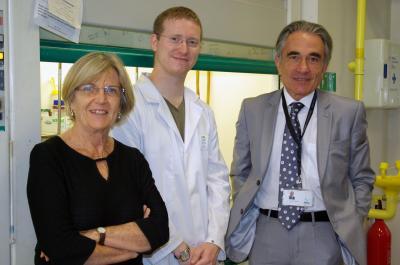Scientists say there is increase in the levels of hormones neutrophins and dopamine when cupid strikes.
LONDON, UNITED KINGDOM: Couples should not worry when the first flush of passion dims - scientists have identified the hormone changes which cause the switch from lust to cuddles. A team from the University of Pisa in Italy found the bodily chemistry which makes people sexually attractive to new partners lasts, at most, two years. When couples move into a “stable relationship” phase, other hormones take over, Chemistry World reports.
LOVE, actually is chemicals racing internally
Scientists say there is increase in levels of hormones neutrophins and dopamine when cupid strikes.
When couples fall in love, outwardly they experience dizziness, flushed face, sweaty palms and most prominent of all a wildly beating heart. But, internally, the feeling of love is due to chemicals racing around the brain and body.
The feelings, researchers found are due to dopamine, norepinephrine and phenylethylamine that human beings release. Dopamine is thought to be the “pleasure chemical,” producing a feeling of bliss. Norepinephrine is similar to adrenaline and produces the racing heart and excitement. Together these two chemicals produce elation, intense energy, sleeplessness, craving, loss of appetite and focused attention, discovered Helen Fisher, anthropologist at Rutgers University. “The human body releases the cocktail of love rapture only when certain conditions are met. And men more readily produce it than women, because of their more visual nature,” she added.









 Enatiomers (−)-hyperione A and (−)-hyperione B can be
synthesised from a common precursor in ten steps
Enatiomers (−)-hyperione A and (−)-hyperione B can be
synthesised from a common precursor in ten steps















